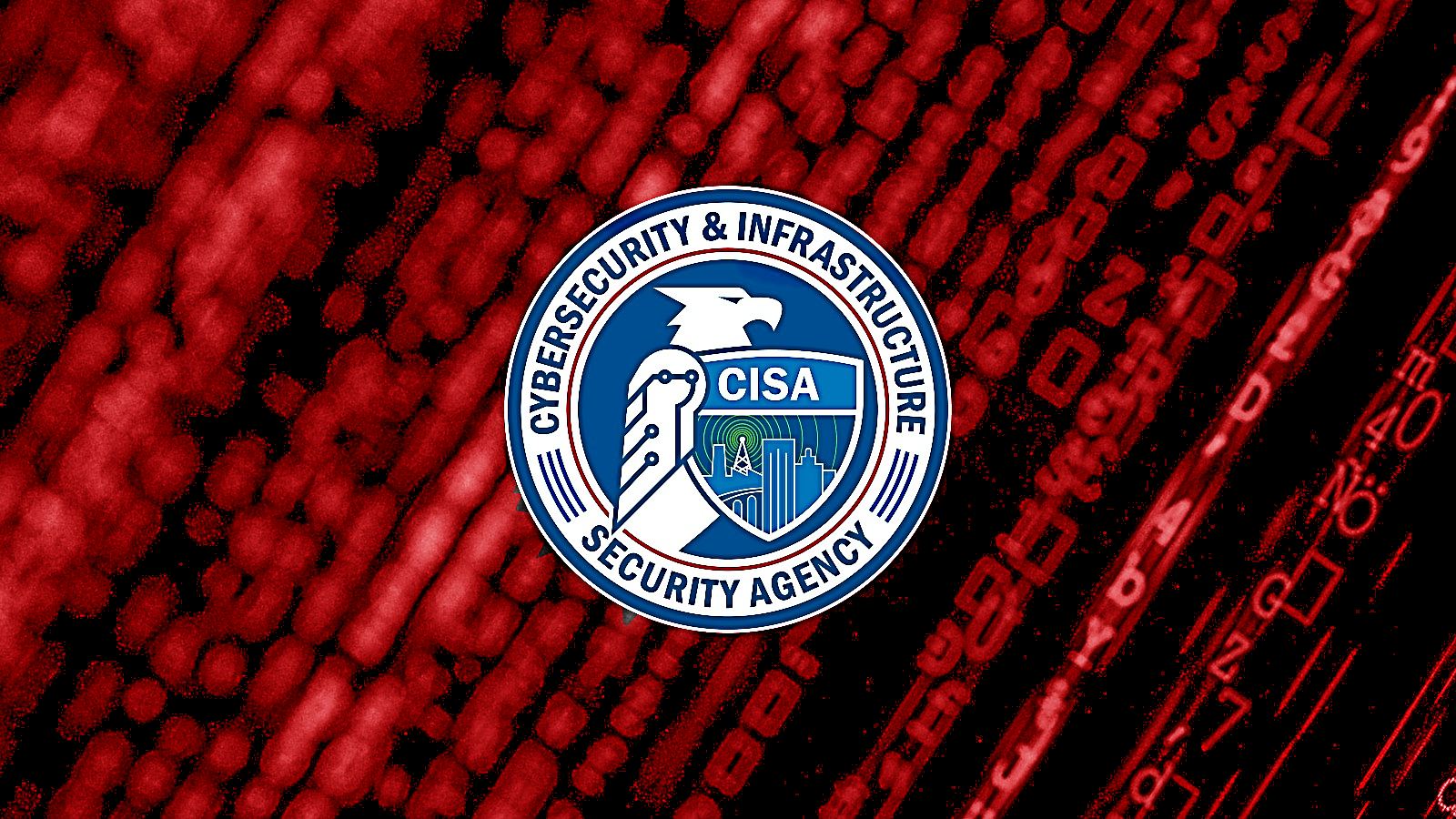.png
)
Introduction
As 2025 approaches, Chief Information Security Officers (CISOs) are caught in a storm of escalating cyber threats, shrinking budgets, and elevated business expectations. This article delves into how CISOs can effectively navigate these challenges, ensuring robust security without compromising on strategic business goals.
Navigating Budget Constraints While Ensuring Top-Tier Security
In 2025, budget reductions pose a serious threat to cybersecurity infrastructures. Organizations are retracting cybersecurity funding despite a surge in associated risks, leading to outdated security systems, paused acquisitions of essential tools, and hiring restrictions. To address these, CISOs are turning to inventive, cost-effective measures:
- Embracing Automation: Leveraging automation for risk management processes and threat detection to maximize efficiency and minimize costs.
- Platform Consolidation: Adopting integrated security platforms to simplify operations and enhance system visibility and control.
- Focusing on High-Impact Areas: Prioritizing resources on high-risk vulnerabilities to ensure critical protections are uncompromised.
Despite these efforts, a disconnection remains between executive perceptions of cybersecurity needs and the reality communicated by CISOs. Bridging this gap demands transparent, ROI-focused dialogue to underscore the value of cybersecurity investments in safeguarding critical business operations.
Combatting Emerging Cyber Threats in a Dynamic Digital Landscape
The 2025 cybersecurity landscape is increasingly sophisticated, with threats leveraged by advancements in AI and machine learning. Areas of particular concern include:
- AI-Enhanced Cyber Attacks: Cybercriminals employing AI to orchestrate attacks, necessitating AI-driven security measures in response.
- Supply Chain Vulnerabilities: Strengthening defenses against insecurities in interconnected digital ecosystems.
- Challenges in Cloud Security: Addressing misconfigurations and enforcing stringent security protocols to protect data integrity in the cloud.
Proactive cybersecurity strategies such as continual penetration testing and adherence to recognized frameworks like NIST and ISO 27001 are essential in mitigating these risks.
Empowering CISOs as Strategic Business Leaders
In 2025, the role of the CISO evolves from technical expert to a business-savvy strategic leader. Key leadership initiatives include:
- Enhancing Cyber Resilience: Investing in robust incident response capabilities and fostering a cybersecurity-aware corporate culture.
- Cultivating Executive Collaboration: Building strong alliances with key stakeholders to secure necessary funding and embed security within business strategy.
- Promoting a Security-Conscious Workplace: Spearheading efforts to cultivate an organization-wide security-focused mindset.
Technological innovations, particularly generative AI, present both opportunities and challenges in the landscape CISOs navigate. Balancing these advanced tools with risk management will be crucial to not only defend but also drive business growth.
As we move closer to 2025, the pressures on CISOs are monumental. By fostering effective collaborations, optimizing resources, and maintaining agile security strategies, they can steer their organizations safely through the burgeoning cyber threats of the future.
Stay updated on this topic by following us on Google News, LinkedIn, and X.
Related: 7 Alarming Facts About Medusa Ransomware’s $4 Million NASCAR Extortion Scheme
Last Updated: April 14, 2025




